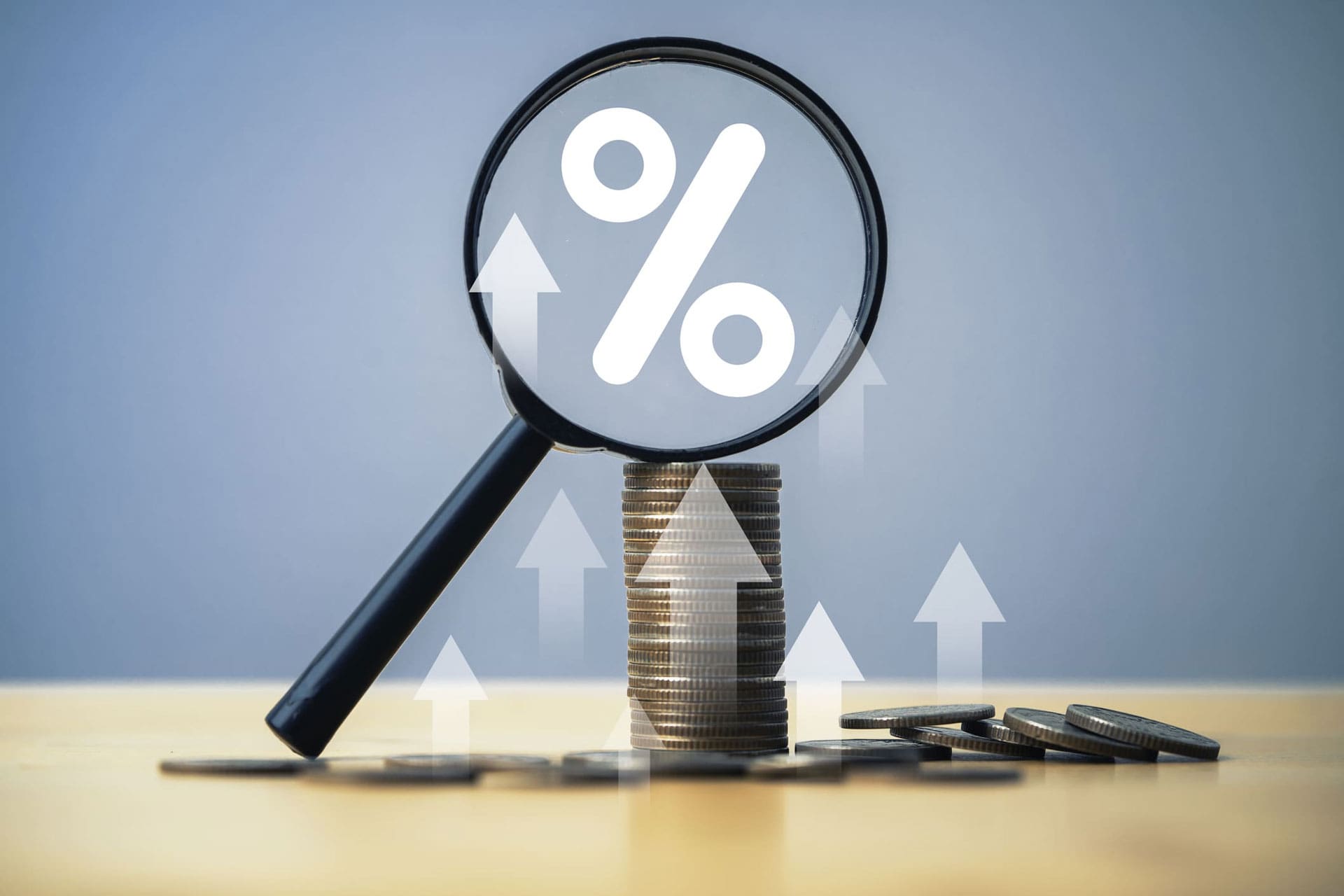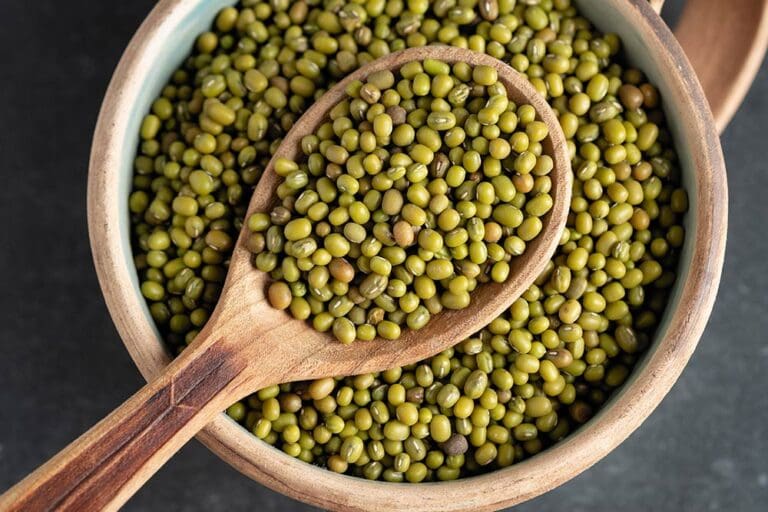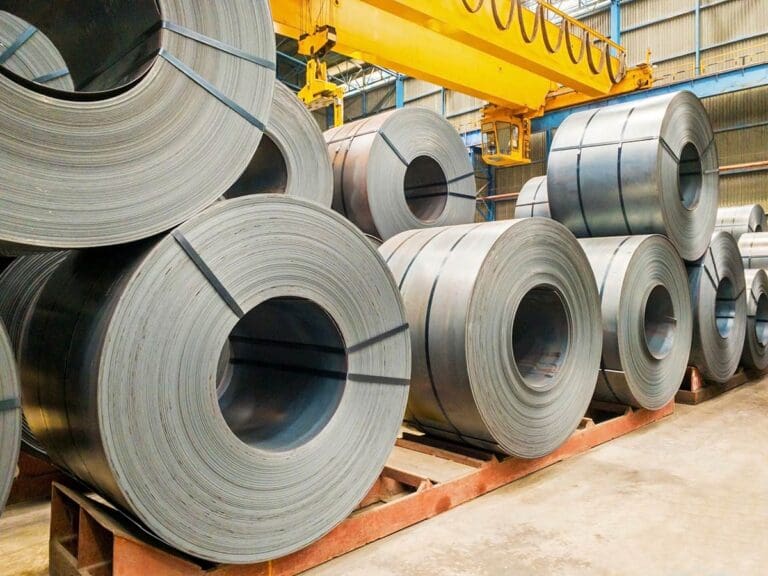Global prices for metals used for packaging decreased in June
Prices for metals used in packaging declined in June. In the aluminum market, prices fell as speculative demand fell significantly and fundamentals failed to support prices at high levels. Steel demand is seasonally weak, while steel imports in the US and EU have been consistently high for the last two months, so domestic producers are unable to raise prices.
The LME aluminum 3-month price decreased by 2% m-o-m to $2,548/mt. The sharp price drop in aluminum seen during the first half of June slowed down and eventually stabilized in the latter half. Many believe aluminum prices on the LME were inflated by speculation in May, making a price correction in June inevitable. However, some market participants still think speculative demand might increase later this year, suggesting the current decline might be temporary rather than a long-term trend.
Demand for aluminum foil in the EU remains rather weak, so the ratio between aluminum foil prices and LME aluminum was at its lowest level in Q2 since April 2023. Foil production costs remain high, so it is likely that so once aluminum prices likely stabilize the ratio will rise again. A similar situation is observed in the US. aluminum can prices from EU and US stock in June fell by 2% m-o-m and 0.1% m-o-m, respectively, and demand in the market was moderate.
The CME’s US steel hot-rolled coil (HRC) 3-month price decreased by 6% m-o-m and declined by 10% y-o-y to $857/mt in June. The market continues to be in surplus because of a large supply of imported steel. The volume of steel imports in May was the highest since June 2022, and the total for the first 5 months increased by 8% y-o-y, with flat steel (up 22% y-o-y) being the main driver. EU HRC price [ decreased by 0.8% m-o-m and declined by 9.4% y-o-y to €630/mt. The price reduction was weak as producers are not willing to concede, as in a market with seasonally weak demand a price cut is unlikely to significantly improve sales. Market sources doubt that producers will be able to raise prices significantly in July-August if import prices remain low.
Prices of raw materials for steelmaking moved in a mixed direction in June, with iron ore falling in price, coke rising slightly and steel scrap prices remaining stable. As a result, market sources reported that production costs were not significantly reflected in steel prices. No significant changes in steel production costs are expected in July as well. Also, China traditionally starts to reduce steel production in H2, so raw material consumption will decline, hence market players do not expect a rise in raw material prices, at least in the next few months.
Tinplate prices in the EU and USA remained stable in June. The price stabilization, despite the fall in HRC prices, was mainly due to the rise in tin prices. In contrast to most base metals’ declines, the tin market was balanced, so that LME prices only fell by 2 % m-o-m in June and remained at a high level. An important factor supporting demand growth for tin is the development of artificial intelligence technologies, which require growth in electronics and computing capacity where tin solder is used.
Paper prices are likely to continue to rise in the EU and the US
Packaging paper prices in the EU rose again under pressure from rising production costs in June. In the US, prices remained stable, but producers will continue to try to raise packaging paper prices as production costs, primarily due to raw materials, are rising significantly. Overall, in the EU and US markets, market sources reported seasonally weak demand, while producers are striving to maintain their market share despite shrinking margins caused by rising production costs.
The main and steady driver of price growth in June in the EU was raw material prices: the Northern Bleached Softwood Kraft (NBSK) pulp [price increased by 5% m-o-m and by 33% y-o-y; the сorrugated waste [ price increased by 8% m-o-m and 129% y-o-y. In addition, energy carriers used in the pulp and paper industry also rose in price: Natural gas TTF spot Netherlands demand price increased by 8% m-o-m and 5% y-o-y; Electricity index Europe prices increased by 16% m-o-m in May, and by 15% m-o-m in June. As a result, Kraftliner and Testliner prices increased by 5-6% m-o-m. The cardboard market in June was more sluggish with high supply so manufacturers were able to achieve only a 2% m-o-m increase for GC2, and only a 0.4% m-o-m increase for GD2.
In the U.S., prices for raw materials also continue to grow, but the market is more balanced, so the growth rate is not so significant. At the same time, in May the trend of decreasing prices for recovered paper was reversed and prices have been growing for two consecutive months. So corrugated waste prices rose by 4% m-o-m in May and by another 4% m-o-m in June. In addition, market sources say that the use of recycled paper in paper products in the US is increasing, which means that consumption growth will exceed paper production growth.
However, consumption of packaging paper is lower than expected, while supply is high, so producers have not been able to raise prices in June. Market expectations are not clear-cut: some market players say they expect lower demand in July-August, so they assume that it will be difficult to raise prices; other sources say that production costs will continue to rise, so producers will be forced to reflect this in prices.
Want to gain further insights? Discover more on our total insights page.



